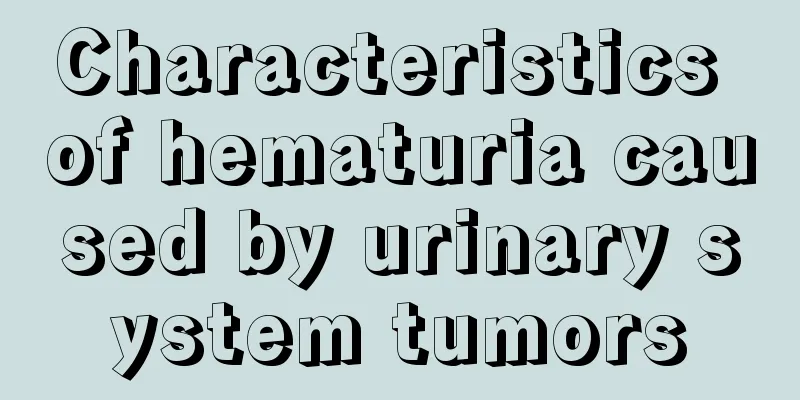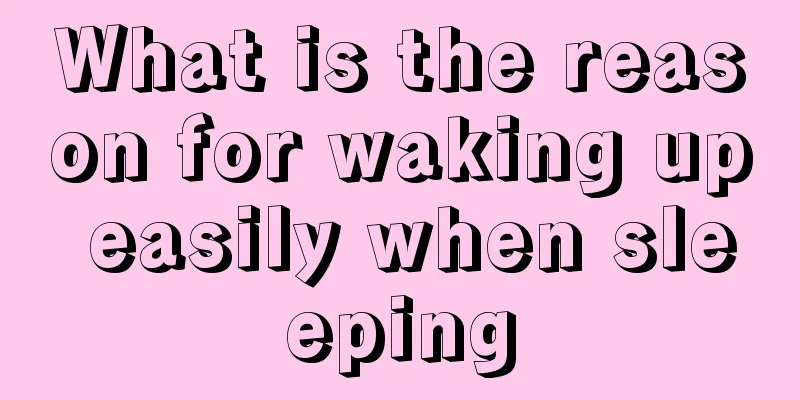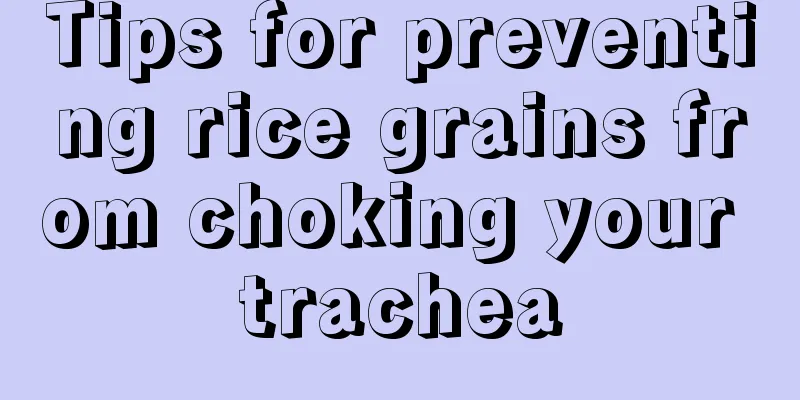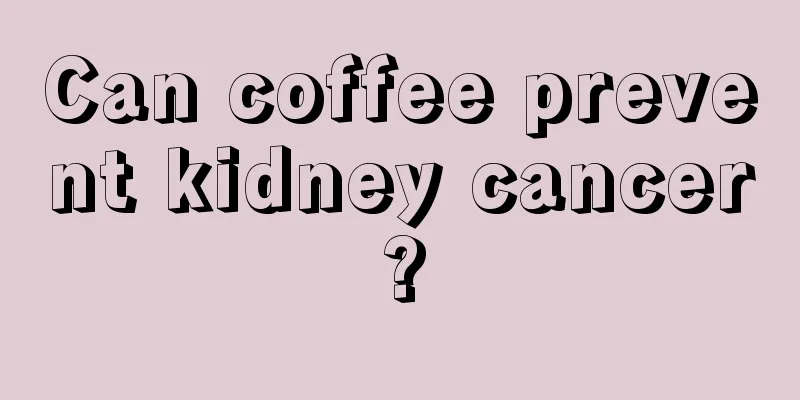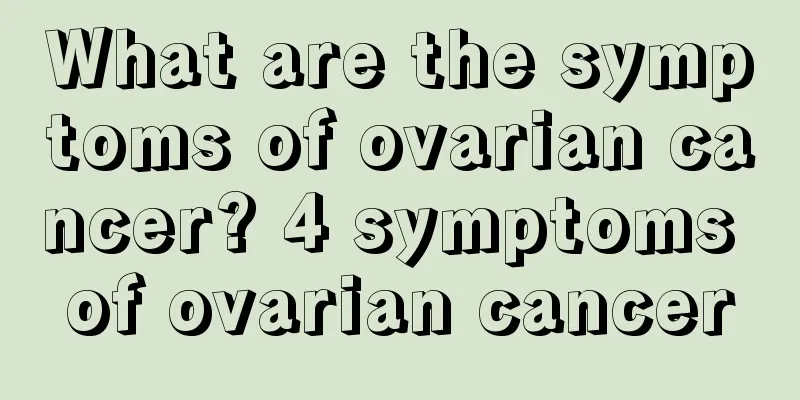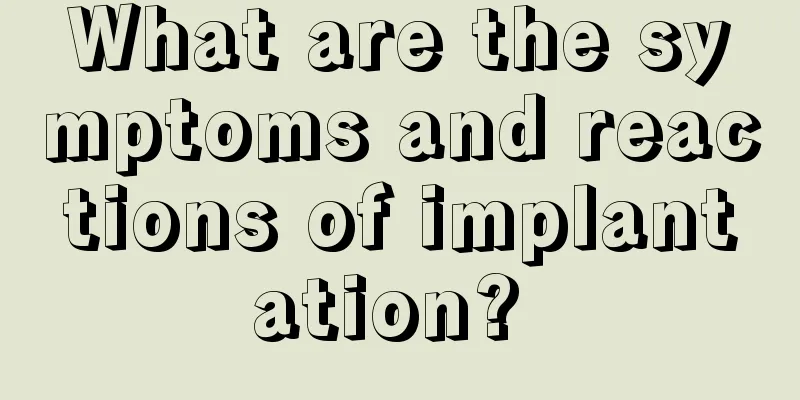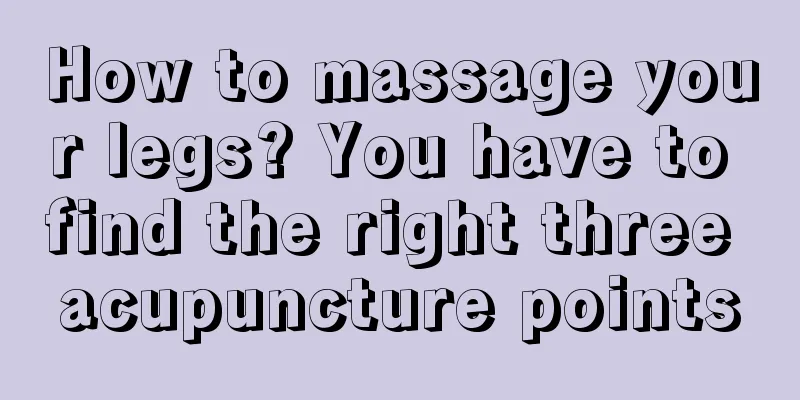What medicine to take for appendicitis
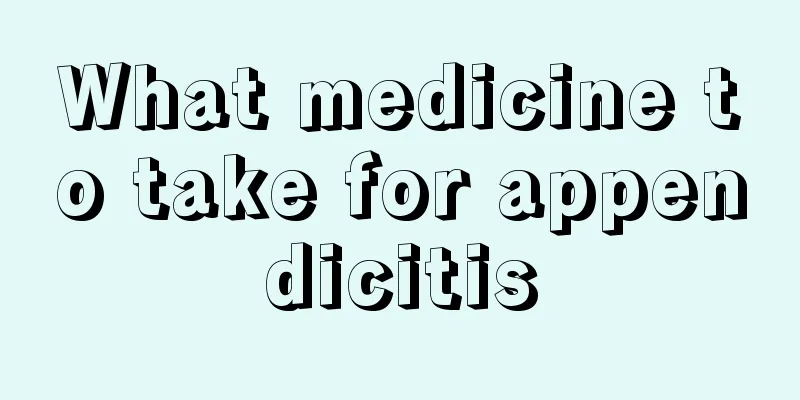
|
Appendicitis can be extremely painful. Some people even think that diseases like appendicitis do not need treatment because the patient will have no symptoms after the pain is over. In fact, the abdominal pain and fever caused by appendicitis may have a great impact on the body. Therefore, patients should choose the appropriate method of treatment according to the actual condition of their body and do not use drugs at will. Treatment of appendicitis In some cases, appendicitis should be treated non-surgically first, such as acute simple appendicitis in early and late pregnancy. In order to avoid miscarriage or premature birth that may be caused by surgery, conservative treatment should be sought first. If injections and medications are not effective, surgery should be considered. For example, elderly and frail patients or those with other serious organic diseases who have contraindications to surgery will first receive conservative treatment and only undergo surgery as a last resort. Another example is patients who have other more important surgeries before or after. Finally, if appendicitis has occurred for more than 72 hours, non-surgical treatment is generally chosen first. However, in the long run, surgical treatment is still needed. The surgical treatment method is to remove the appendix and close the cecum. It is generally simple and easy to perform. Anesthesia generally uses continuous epidural anesthesia, and general anesthesia can be used for children. The incision is usually made through an oblique incision in the right lower abdomen (i.e. McBurney incision) to enter the abdominal cavity. The incision is generally 3 to 7 cm long. Simple appendicitis can be completed with a smaller incision. After finding the appendix, you can use an appendix forceps to clamp the terminal mesosome and pull the appendix out of the peritoneum, cut it off and ligate it, then suture the peritoneum and flush the incision with saline. The operation takes about 2 hours. Post-Appendicitis Care There is no need for special restrictions on diet and activities after the operation. For patients with mild conditions, they can sit up on the same day after the operation and eat the next day. The stitches can be removed after 5 to 6 days. Patients should be mobilized early to avoid intestinal adhesion or constipation, and antibiotics can be used preventively. For patients with more serious conditions, they should be placed in a semi-recumbent position after anesthesia is recovered, continue anti-infection treatment, and eat liquid food after intestinal peristalsis is restored. Observe the incision and drainage, change the dressing in time, and the abdominal drainage should generally be gradually removed within 3 to 5 days after surgery. The diet should consist of small meals and frequent meals, with mainly light food and avoid spicy food. |
>>: Will appendicitis cause constipation?
Recommend
Is it necessary to test thyroid function before pregnancy?
Pregnancy is a very important thing for women and...
How to treat carbuncle after primary liver cancer resection? Two common treatment methods for primary liver cancer
For primary liver cancer, the main purpose of tre...
What tests are needed to diagnose lung cancer? Three diagnostic tests for lung cancer
What tests are needed to diagnose lung cancer? In...
Where to inject insulin
The human body's insulin is mainly secreted i...
What factors can induce prostate cancer? What are the causes of prostate cancer?
Prostate cancer has become a relatively common ma...
Tips to remove the smell of a new bed
Beds are closely related to our lives, and having...
Scallops are delicious and easy to make
Scallops are usually frozen before cooking so tha...
What are the early symptoms of lymphoma and is the survival rate high?
What are the early symptoms of lymphoma? What is ...
How to improve blushing when hot
Normally, your face turns red when it gets a litt...
Should mushrooms be soaked in hot or cold water?
Sometimes the mushrooms we buy are dried ones. Dr...
Is the survival rate of brain tumor high? What factors are related to it?
Brain tumors are one of the more common tumors no...
Can wisdom teeth be extracted from both sides at the same time?
People in ancient times were prone to growing wis...
The role of phosphoenolpyruvate
Phosphoenolpyruvate is a relatively common bioche...
Tips for personal hygiene
Even in this season, although it is relatively dr...
Can Biostime enhance immunity?
Biostime probiotics are very common in real life ...
